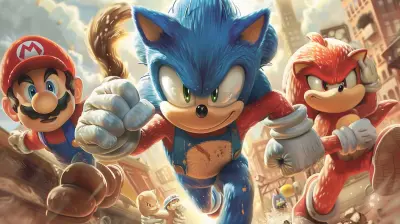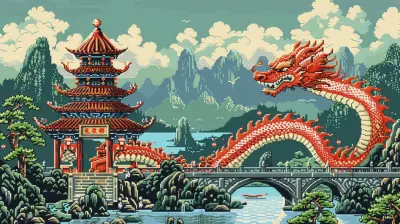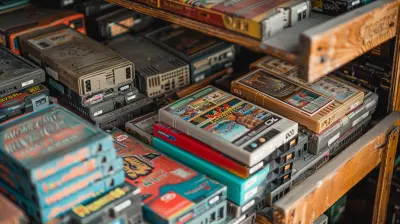The Role of Community in Successful Kickstarter Games
8 August 2025
Kickstarter has become an undeniable powerhouse for bringing creative ideas to life, especially in the gaming industry. But let’s get real—success on Kickstarter doesn’t just happen because someone has an original idea or a slick campaign page. Nope, the secret ingredient that often makes or breaks these projects lies in the strength of their community.
The gaming world has an uncanny way of uniting people, and Kickstarter takes this up a notch. From funding quirky indie games to ambitious AAA-style projects, Kickstarter has proven that when gamers come together, magic happens. So, let’s dive into what role the community plays in making Kickstarter games successful—and why it’s such a massive deal. 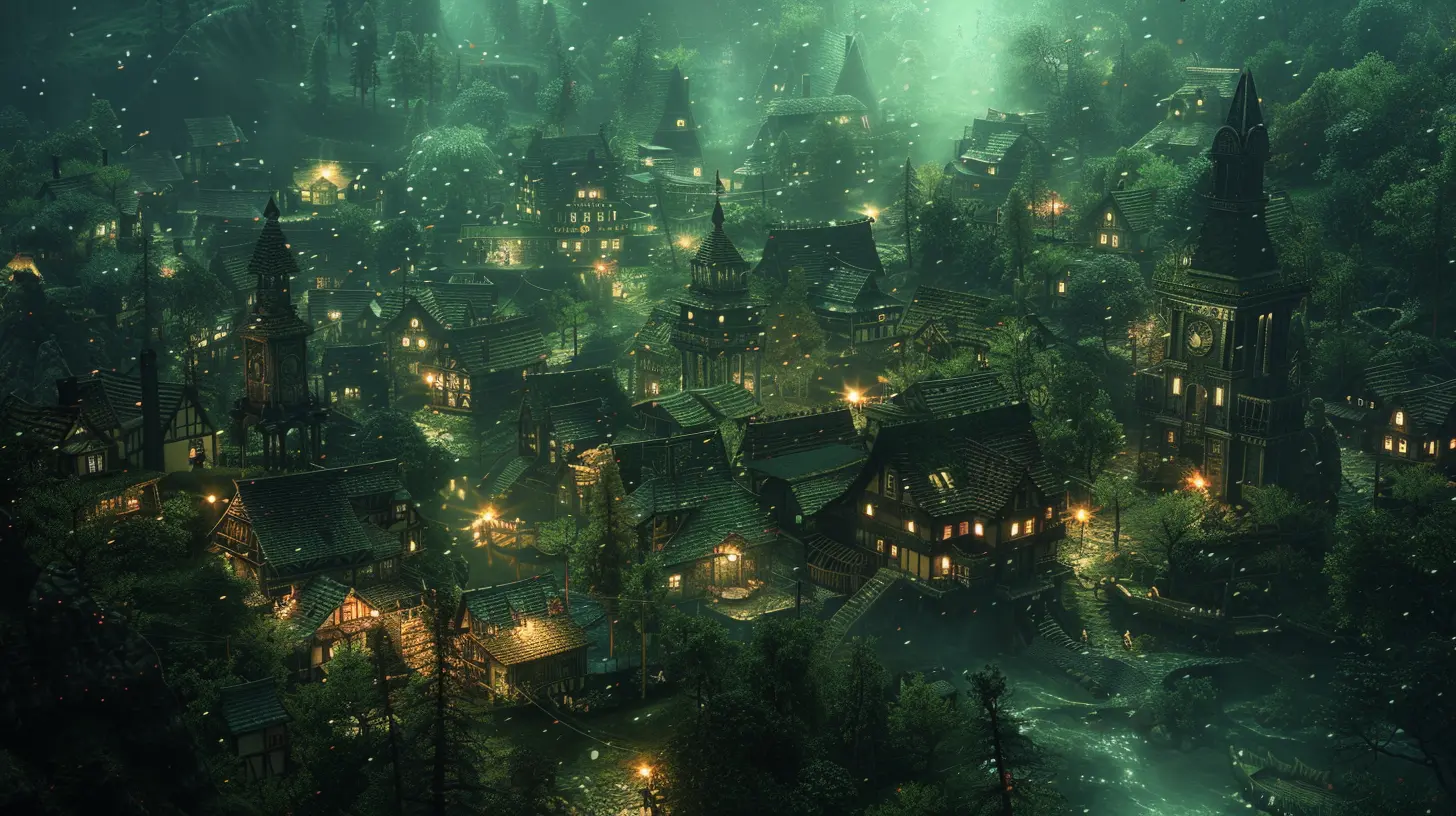
Why Community Matters on Kickstarter
Imagine launching a game on Kickstarter without a single person talking about it or sharing it. Tough picture, right? That’s because Kickstarter is not just about raising money—it’s about rallying people around a shared vision. And "community" is at the heart of that rallying cry.Think of the community as the fuel that keeps your project moving forward. They’re not just backers throwing money at your dream; they’re your cheerleaders, your critics, and sometimes even your collaborators. Having a strong, engaged community significantly increases your chances of hitting—and maybe even surpassing—your funding goals. 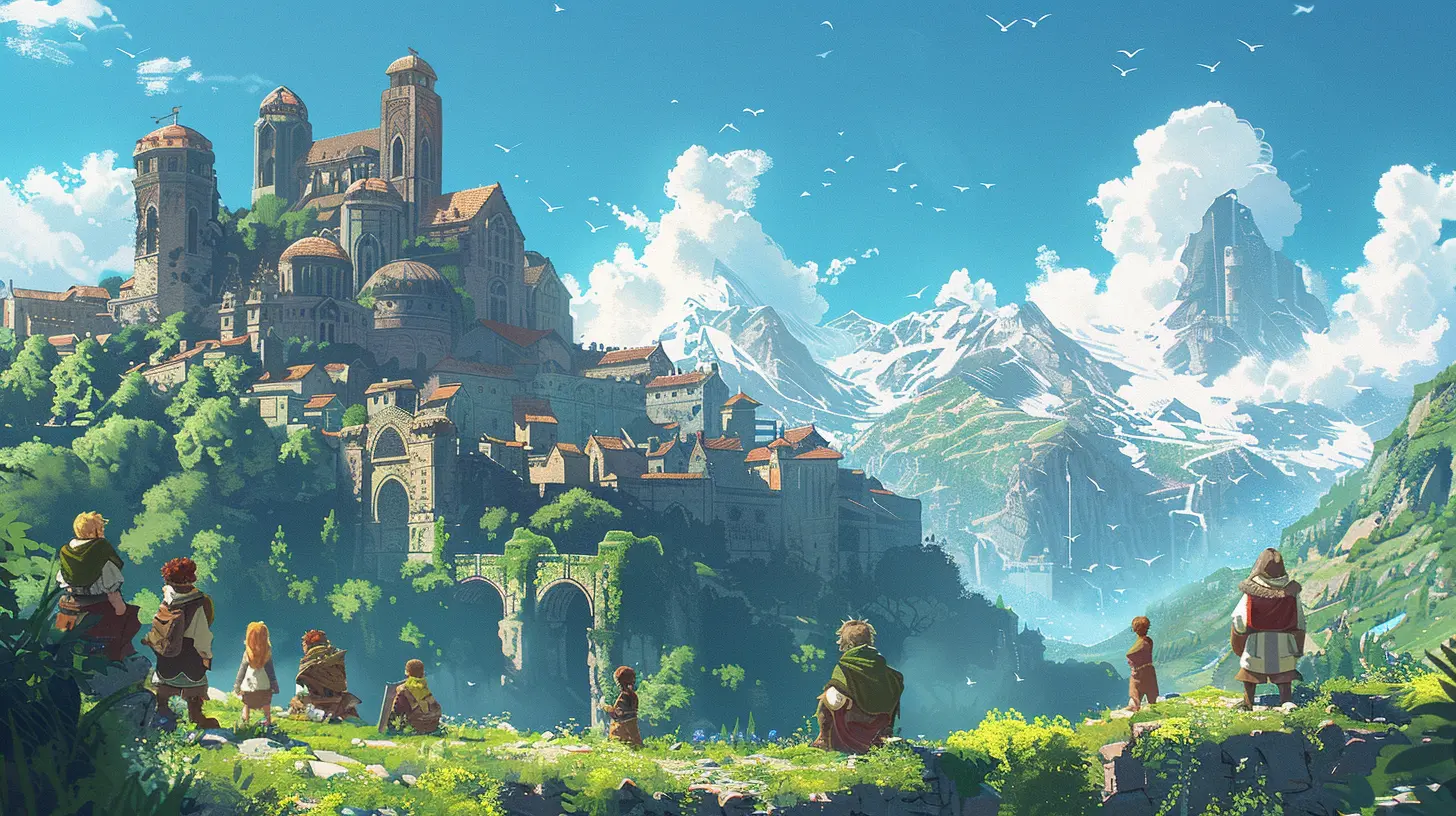
The Power of Word-of-Mouth
Let’s face it: the gaming industry lives and dies by word-of-mouth. What do friends do when they’re hyped about a game? They tweet about it. They post in forums. They message you with "Check this out, it’s so cool!"When a passionate community believes in your game, they become your megaphone. They’re out there spreading the word like wildfire, dragging people into your campaign who might not have found it otherwise. You can’t buy that level of authenticity with paid ads. This kind of buzz only comes from people who are genuinely invested in your idea. 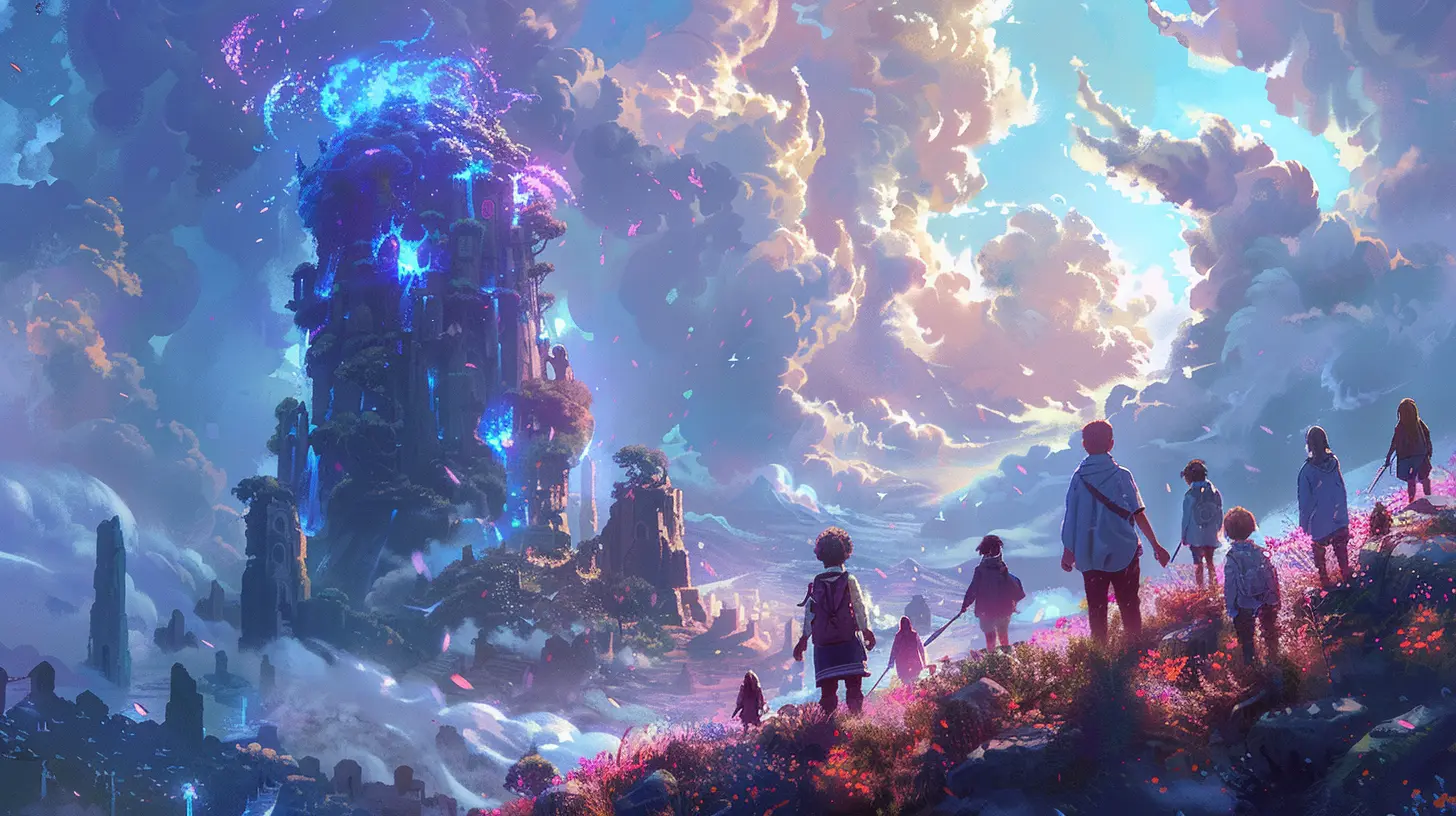
Building a Community Before Launch
Here’s a harsh truth: if you’re making your community after launching your Kickstarter, you’re already late to the party. Successful campaigns usually start building their communities long before they ever press that tempting "Launch" button.1. Hang Out Where Gamers Hang Out
Want people to care about your game? Go where the gamers are! Whether it’s Reddit threads, Discord servers, or forums like ResetEra, these are the digital watering holes where your potential backers are chilling. Join in on discussions—not just to pitch your game but to genuinely connect with people.For instance, if your game is a turn-based RPG, start interacting in RPG-specific communities. Share your thoughts, post development updates, and geek out about the genre. Building relationships early makes your eventual Kickstarter pitch feel like a natural extension of ongoing conversations, not a cold sales pitch.
2. Social Media is Your BFF
Let’s be real—social media is like the Swiss Army knife of community building. Platforms like Twitter, Instagram, and TikTok are perfect for giving sneak peeks, sharing behind-the-scenes content, or hosting Q&A sessions. By engaging with followers consistently, you can create a loyal base of fans who feel like they’re part of the journey.And don’t underestimate the power of viral moments. A funny tweet, a clever meme, or a jaw-dropping gameplay clip can often do more for your campaign’s visibility than any paid marketing ever could.
3. Involve Your Community Early
People love feeling like they’re part of something bigger. So give them that! Share early prototypes, concept art, or even let them vote on features. The more invested they feel in your project, the more likely they are to back it when the time comes.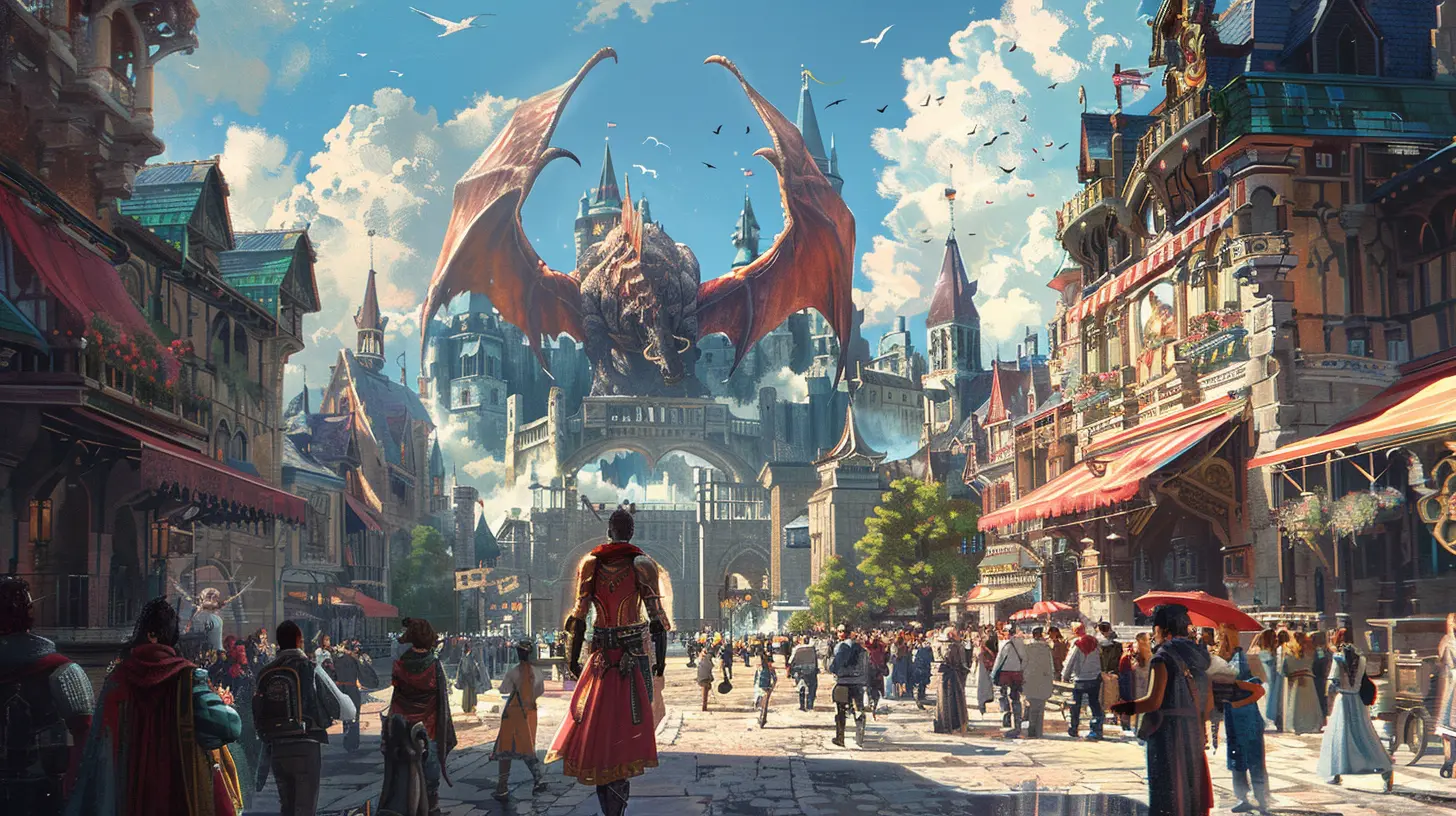
Community During the Campaign
Okay, so you’ve launched your Kickstarter. Now what? Sit back and relax? Absolutely not. This is when your community-building efforts need to kick into overdrive.1. Communication is Key
Think about it: would you trust someone who ghosts you after asking for your money? Exactly. Keep your community in the loop with regular updates, whether it’s about stretch goals, development progress, or campaign milestones.And don’t just stop at one-way communication. Actively respond to comments, answer questions, and thank people for their support. A little gratitude goes a long way in keeping the community engaged.
2. Stretch Goals: The Hype Machine
Stretch goals are like feeding your community gaming snacks—they keep people excited and invested. But here’s a pro-tip: don’t go too overboard. Unrealistic stretch goals can backfire if they make your project feel bloated or unmanageable.Use stretch goals as an opportunity to reward your backers while keeping the campaign fresh. Think new game modes, extra characters, or a killer soundtrack.
Post-Campaign: Don’t Ghost Your Backers
Here’s where a lot of creators stumble. Once the campaign ends, they think their work with the community is done. Nope! The real journey has just begun. Backers aren’t just financial contributors; they’re your future players, beta testers, and lifelong fans (if you play your cards right).1. Regular Updates Build Trust
Once the campaign is over, keep the communication flowing. Share updates on the development process, challenges you’re facing, and how you’re solving them. Transparency builds trust. And trust? That’s what turns one-time backers into lifelong supporters.2. Involve Them in the Final Stretch
Ask for feedback during beta testing or let backers vote on final design choices. People love feeling like they’re co-creating something. It strengthens their emotional connection to your game, making them more likely to support your future projects.Lessons from Successful Kickstarter Games
The role of community is not just a feel-good element; it’s essential. Don’t believe me? Just look at some of the biggest Kickstarter success stories.Example 1: "Hollow Knight"
This indie gem raised its initial funding goal and then some, largely thanks to an engaged community. The developers shared regular behind-the-scenes updates and created a strong following on social media, which paid off big time.Example 2: "Shovel Knight"
The creators didn’t just ask for money; they involved their backers in every step of the process. From choosing backer rewards to participating in beta tests, the community felt like an integral part of the game’s success.Example 3: "Bloodstained: Ritual of the Night"
This spiritual successor to "Castlevania" showed how leveraging an existing fanbase can skyrocket a campaign. The creators tapped into their nostalgic audience, engaging them not just as backers but as lifelong fans.It’s About More Than Just Money
Let’s not lose sight of the bigger picture. While Kickstarter campaigns often focus on hitting financial goals, a strong community offers so much more than dollar signs. They provide validation for your ideas, feedback that helps improve your game, and, most importantly, the kind of emotional support that keeps you going.Being surrounded by people who believe in your vision makes the whole process feel less like an uphill battle and more like a shared journey. And at the end of the day, isn’t that what gaming—and creating games—is all about? Bringing people together?
Final Thoughts
The role of community in successful Kickstarter games isn’t just important—it’s monumental. From pre-launch buzz to post-campaign loyalty, an engaged and supportive community can be the difference between a game that flops and one that becomes a cultural phenomenon.So if you’re thinking about launching your dream game on Kickstarter, make building a community your top priority. Because in the world of crowdfunding, it’s not just about the game you’re making—it’s about the people who believe in it enough to join you on the journey.
all images in this post were generated using AI tools
Category:
Kickstarter GamesAuthor:

Greyson McVeigh
Discussion
rate this article
1 comments
Harper Griffin
Absolutely loved this article! It beautifully highlights how a supportive community can turn a passion project into a reality. It’s amazing to see how backers become part of the journey, making every game feel like a collaborative triumph. Cheers to community!
September 12, 2025 at 4:26 PM

Greyson McVeigh
Thank you! I'm so glad you enjoyed the article. Community truly is the heart of every successful Kickstarter project!
